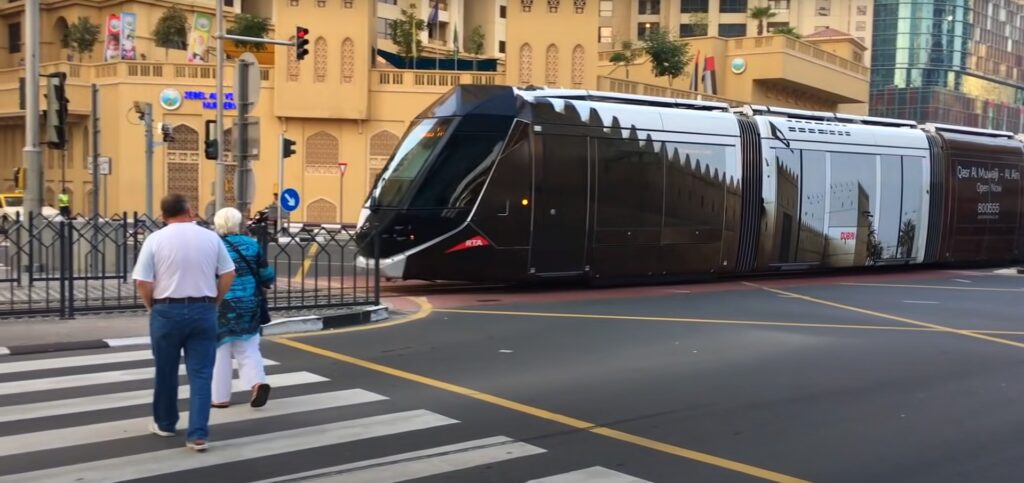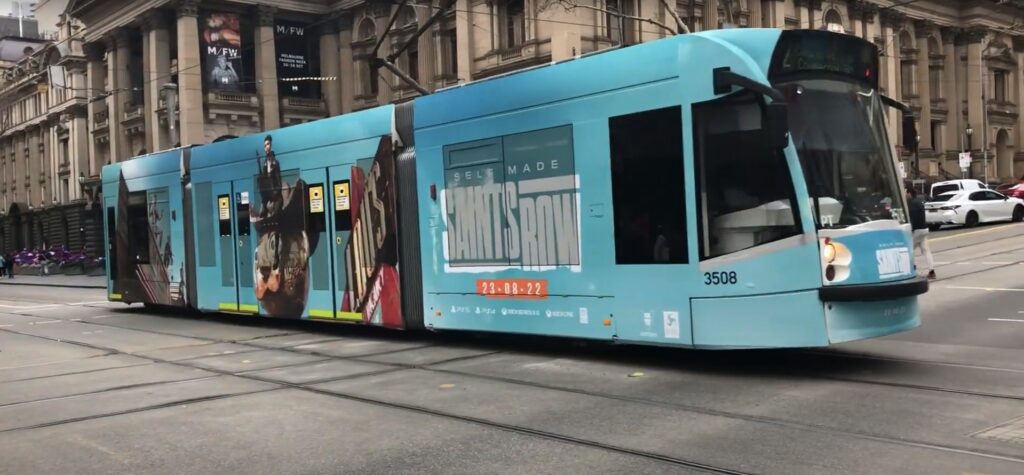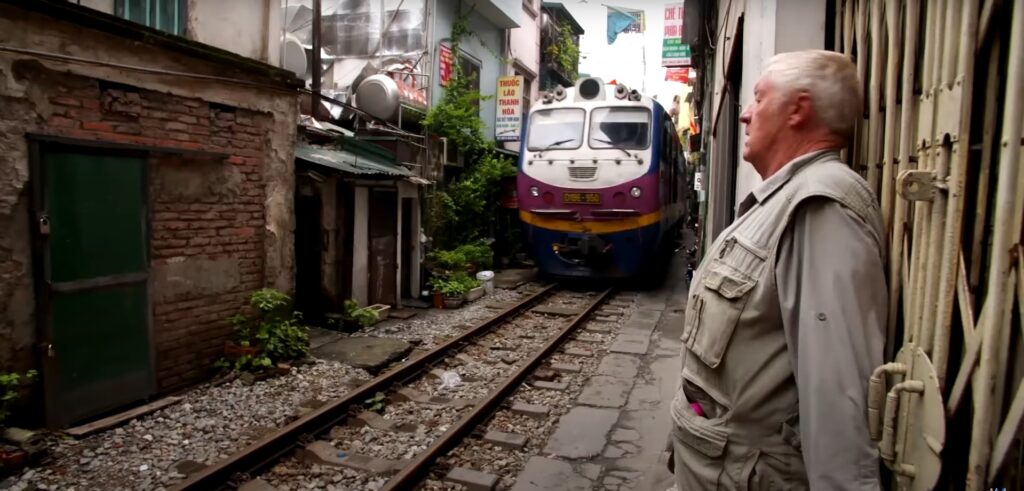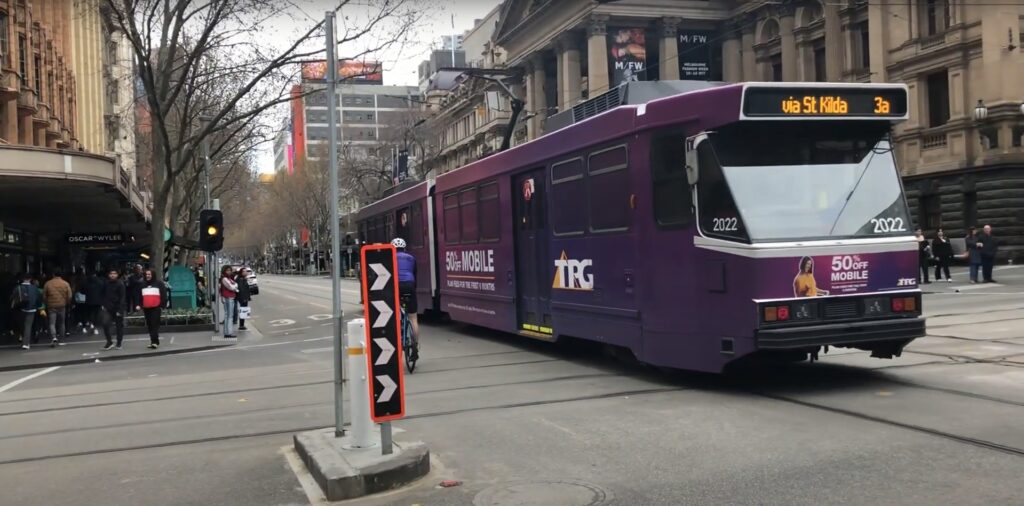The world has seen many transportation innovations over the past few centuries, from horse-drawn carriages to electric vehicles. Among these innovations, the street railway system (SRS) is one of the oldest and most enduring forms of public transportation.
In fact, the oldest continuously operating street railway system in the world is located in the city of New Orleans, Louisiana. This SRS has been operating since 1835, and it continues to serve the people of New Orleans to this day.
Further in the article, we’ll take a look at the historical background of street railways and how they evolved over time, as well as the challenges and innovations they face these days. Keep reading to find out more.
A Sneak Peak Into the History
The history of street railways dates back to the early 19th century when horse-drawn carriages were first used to transport people and goods along city streets. These carriages, also known as “omnibuses”, were soon replaced by horse-drawn trams, which were more maneuverable due to their lighter weight. By the mid-19th century, streetcars were a common sight in the USA.
The development of street railways was driven by the growing demand for transportation in urban areas. As cities grew, so did the need for reliable and efficient transportation. The SRS provided a solution to this problem, allowing people to travel quickly and easily across town.
The first horse-drawn streetcar appeared in the USA in the early 1830s, and the first streetcar system was established in New York in 1832, followed by systems in Boston and Baltimore. The technology behind these early trams was relatively simple: a carriage was mounted on rails and pulled by horses along a predetermined route.
Despite the simplicity, these streetcars were a significant advancement in urban transportation. They were faster and more comfortable than the omnibuses that preceded them, and they could also carry more passengers at once. Aside from that, they helped reduce traffic congestion on city streets, as they were less bulky than horse-drawn carriages.

The Oldest Continuously Operating Street Railway System
Two years later, in 1835, the St. Charles streetcar was put into service. Since that time, it’s never been decommissioned, making it one of the oldest continuously operating transportation systems in the USA.
The New Orleans tram system began as a single line, running from the city’s business district to the suburbs of Carrollton. Over time, it expanded to cover more of the city, with new lines added to serve different neighborhoods and destinations. Today, the system consists of three lines:
- The St. Charles line;
- The Canal Street line;
- The Riverfront line.
The St.Charles line is the oldest and most iconic of the three. This line runs along a historic route through the heart of the city, passing by beautiful homes and lush greenery. The streetcars on the line are themselves historic, dating back to the early 20th century. They are known for their distinctive green-and-cream paint job and elegant wooden interiors.
The Canal Street line runs from the Mississippi River to City Park, passing through the center of the city’s downtown area. Unlike St.Charles, this line is notable for its modern streetcars, which were introduced in the early 2000s. They look very sleek and modern, with air conditioning and other amenities.
Finally, the Riverfront line, as the name suggests, runs along the Mississippi River, connecting the French Quarter with the city’s convention center and other tourist destinations. This line is also served by modern streetcars, which were put in service in the 1990s.

Some Other Oldest Street Railway Systems in the World
Of course, the St.Charles streetcar is not the only light rail system that survived the public bus boom and has made it up to these days. There are a few other street railway systems around the world that have been in operation for over a century and are worth mentioning. Let’s have a look at them.
Geneva Tramway Network
Since 1862, when this tramway network was first established, it has faced its share of challenges and was even threatened with closure as the cities considered switching to buses. But through it all, the Geneva Tramway system persevered. Today, it’s a vital part of the city’s transportation infrastructure, serving over 140,000 passengers every day.
One of the things that sets this light rail system apart is its commitment to sustainability. The system is powered by electricity, with the majority of that electricity coming from renewable sources like hydroelectric and wind power.
Another one is its use of double-articulated trams. Longer than traditional trams, with more seats and standing room, they can carry more people, thus effectively reducing congestion and wait times.
Berlin Tramway
The Berlin Tramway is another historic tram system that has been in operation in the German capital since 1865. It started as a horse-drawn system, the same as the St. Charles streetcar, but very soon, the system expanded, covering more and more of Berlin.
By the early 20th century, the Berlin Tramway was one of the largest and most advanced systems in the world, with over 600 kilometers of track and more than 3,000 streetcars in operation.
The network’s success was short-lived, however. When the war broke out and Berlin was divided into West and East, the tramway lost its popularity with residents of the West. They switched to buses and the underground, and the tramway was no longer used.
Unfortunately, the success of the network didn’t last long. When the war started and Berlin was split into two parts – West and East – the tramway was no longer popular with people residing in the West as they all switched to buses and underground.
Although the eastern part also switched to buses, they didn’t completely abandon the tramway. Some lines are still in use today.
One of the most notable features of the Berlin Tramway, which has actually allowed it to persevere up to these days, is its integration into the city’s urban landscape. Unlike many other tram systems that operate on dedicated tracks or are separated from the other traffic, the Berlin Tramway runs on the city’s streets, alongside cars, buses, and pedestrians.
Budapest Tram Network
It’s also worth mentioning the tram network of Budapest, Hungary, which is one of the largest and oldest SRSs in Europe. The first line was opened in 1866, and the system has since expanded to cover over 150 kilometers of track and serve millions of passengers each year. As of now, the network consists of 28 tram lines that connect all parts of the city.
The unique feature of the Budapest tram network is its historical rolling stock. The city has preserved many of its original trams from the late 19th and early 20th centuries, which can still be seen operating on some of the lines. These trams are a popular tourist attraction and a symbol of Budapest’s rich history and culture.
The Timișoara Tram System
The Timișoara Tram system is a vital part of the public transportation system in Timișoara, Romania. It’s been in use since the late 19th century and has never left the scene, with most of its streetcars looking just the same as they did when the network only was established. Overall, the system consists of 9 lines and serves over 52 million passengers every year.
In addition to the historical trams, the Timișoara Tram network also includes modern, air-conditioned vehicles that provide a comfortable and efficient way to travel around the city. Many of the newer trams are low-floor, making them easily accessible for passengers with mobility issues.
That being said, the majority of trams remain in their original condition, making the Timișoara Tram system one of the oldest continuously operating street railway systems up to date.

Challenges Faced by the Street Railway System
SRSs have faced several challenges throughout history, which have threatened the survival of many tram systems over the years. Here are just some of them.
- Financial instability. The high cost of building and maintaining SRSs can be a big challenge. The need for expensive infrastructure, maintenance, and operational costs can lead to financial difficulties, especially in times of economic downturns;
- Competition from other modes of transport. Street railways face fierce competition from other means of transportation such as buses, cars, and subways. Because these vehicles offer more flexibility, commuters often prefer them over streetcars;
- Changing urban landscape. As cities grow and new buildings, roads, and other infrastructure emerge, SRSs may struggle to maintain streetcar lines or create new ones;
- Labor disputes. Labor disputes can be another significant challenge for street railway systems. Strikes and other forms of labor unrest can not only disrupt service but also lead to financial losses, jeopardizing the entire existence of the network.
Economical Impact of the Street Railway System
Of course, the SRS has had a huge economical impact on the cities where it operates. It has played a crucial role in facilitating the transportation of people and goods, which has helped cities grow and develop. Overall, the economic impact of the SRS can be viewed in several ways.
First and foremost, the SRS has created jobs. The system requires a workforce to operate and maintain the streetcars, tracks, and infrastructure. This workforce includes drivers, mechanics, electricians, and administrative staff, among others.
Secondly, the street railway system contributed to the growth of local businesses. By providing an efficient means of transportation, it has made it easier for people to access services in different parts of the city, which has helped increase foot traffic for businesses and led to higher sales overall.
Thirdly, light trams have contributed to the development of real estate. Properties located near streetcar lines tend to be more desirable and command higher prices. This is because the system makes it easier for people to travel to different parts of the city, and thus, properties near streetcar lines are more convenient for commuters and residents.
Fourth, the SRS has helped to reduce traffic congestion and pollution. By providing an alternative mode of transportation, the system has reduced the number of cars on the road, which has led to less traffic and improved air quality. This, in turn, has made cities more livable and attractive to residents, which has had a positive impact on the local economy.
And fifth, the street railway system has contributed to the overall image and identity of a city. Iconic streetcars, such as those that can be seen in New Orleans, Timișoara, Budapest, Berlin, and Geneva, have become symbols of the cities and have helped to promote tourism and economic development.

Final Thoughts
The oldest continuously operating street railway system in the USA, located in New Orleans, has played a significant role in the history of public transportation. Since its establishment in 1835, the system has expanded to cover more of the city, with three lines in operation today, and still remains to be a vital part of New Orleans’ transportation infrastructure.
However, it’s not only the railway network that has survived the competition from buses, underground, and other means of transportation. Many other countries in Europe have lines and trams that date back to the 19th century, which goes to show you the importance of SRS.
Streetcars offer a unique and historical perspective on the cities they serve, but they also have a positive economic impact and offer a greener mode of transportation with lower carbon emissions and energy consumption than other vehicles. That is why many cities around the world are looking to renovate their old streetcar networks and build new ones.